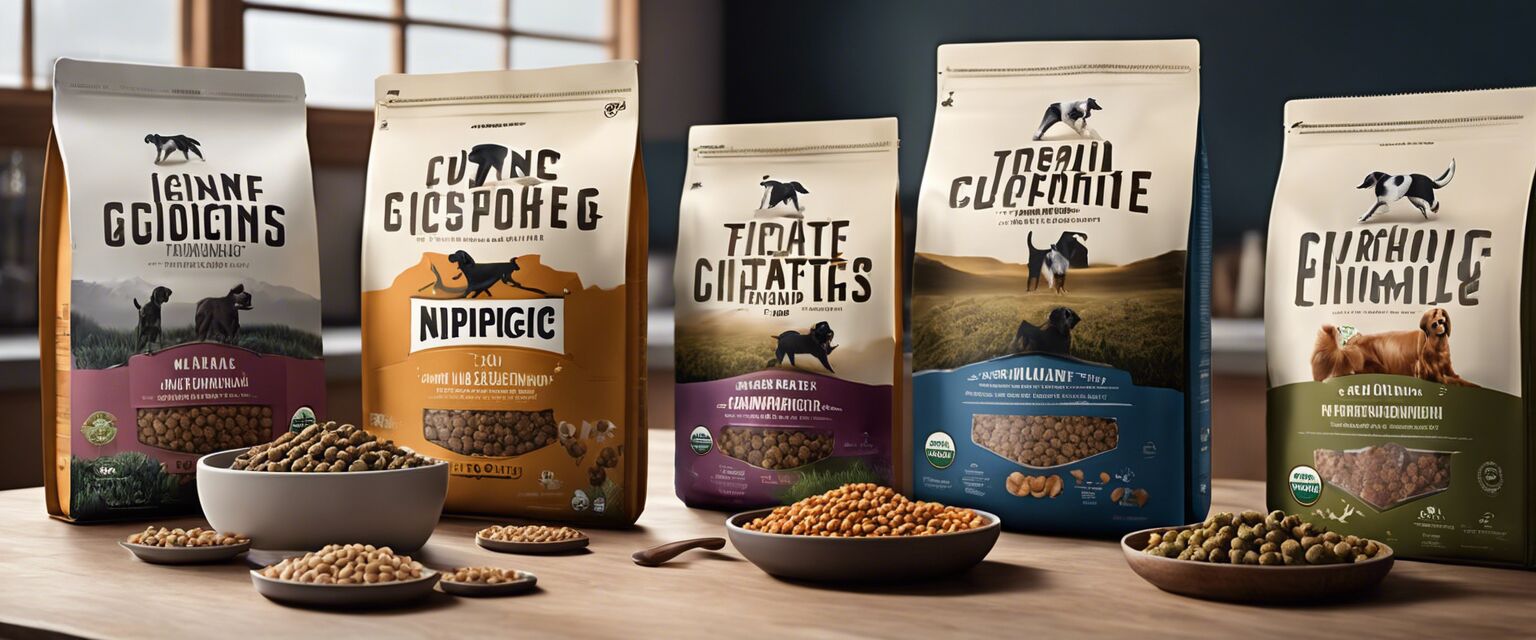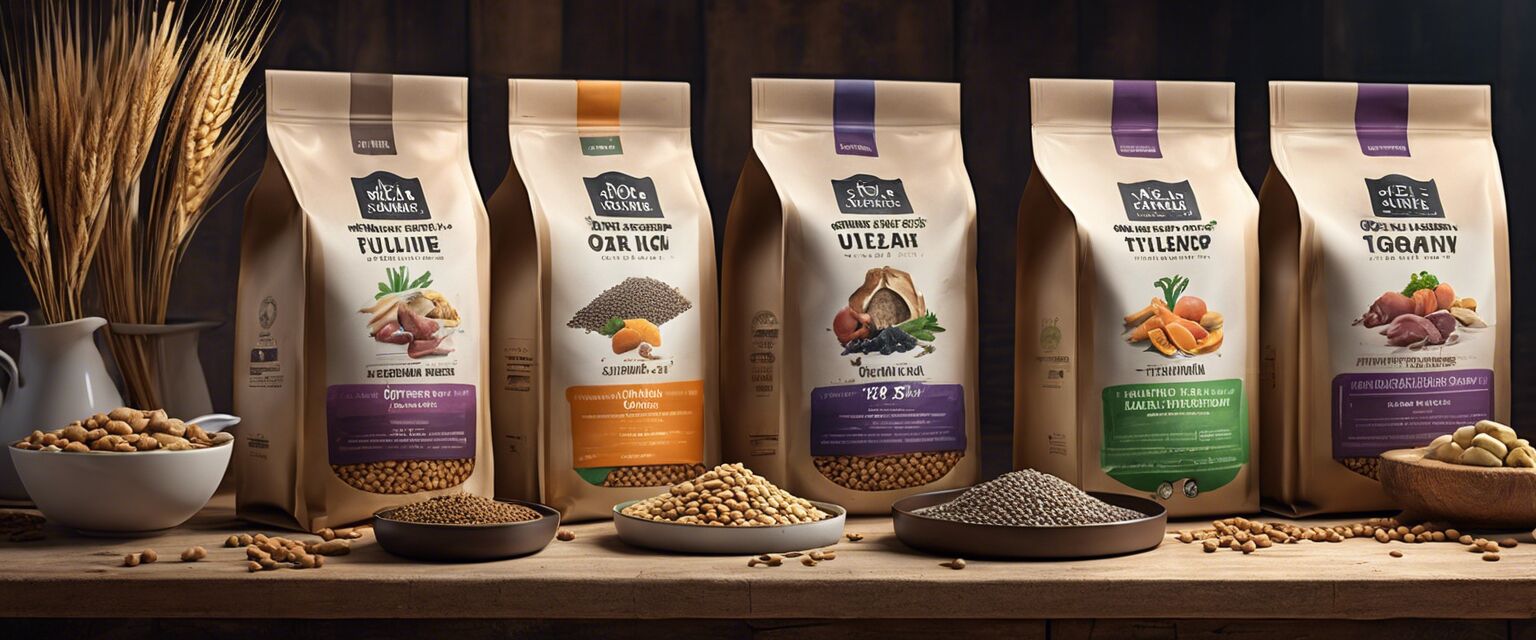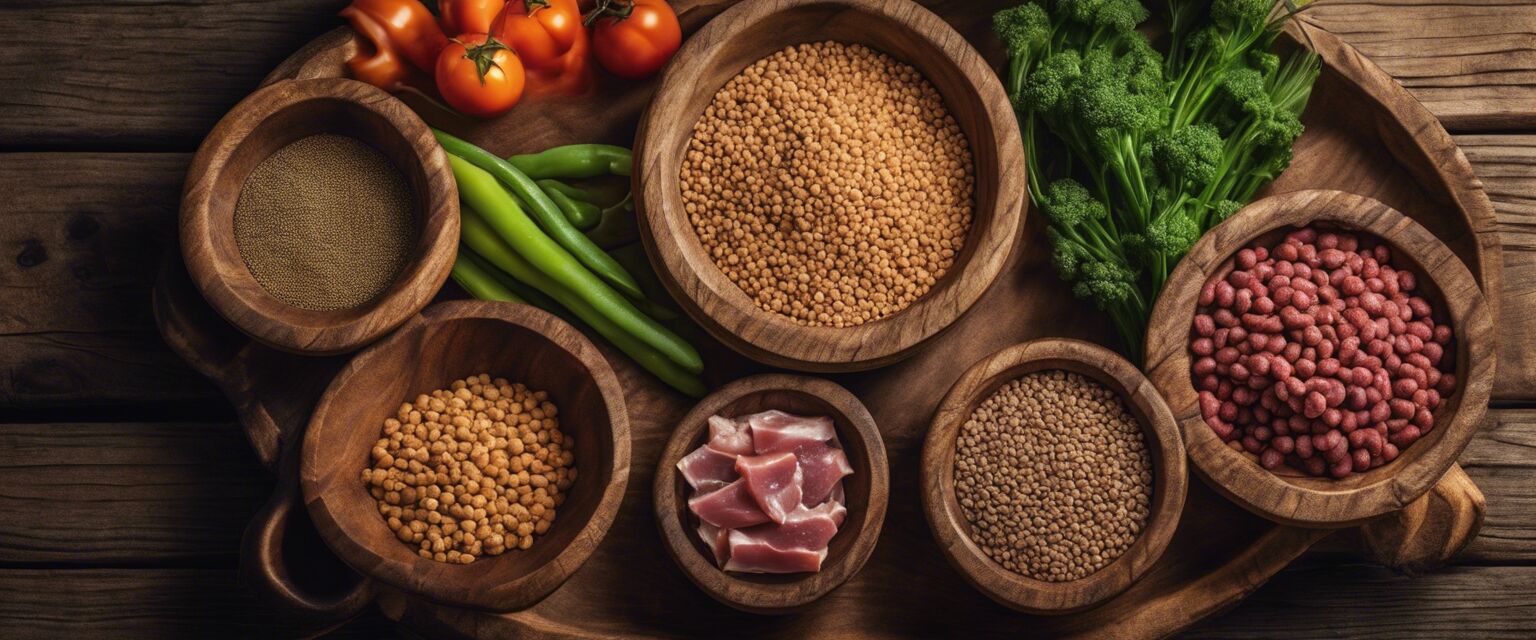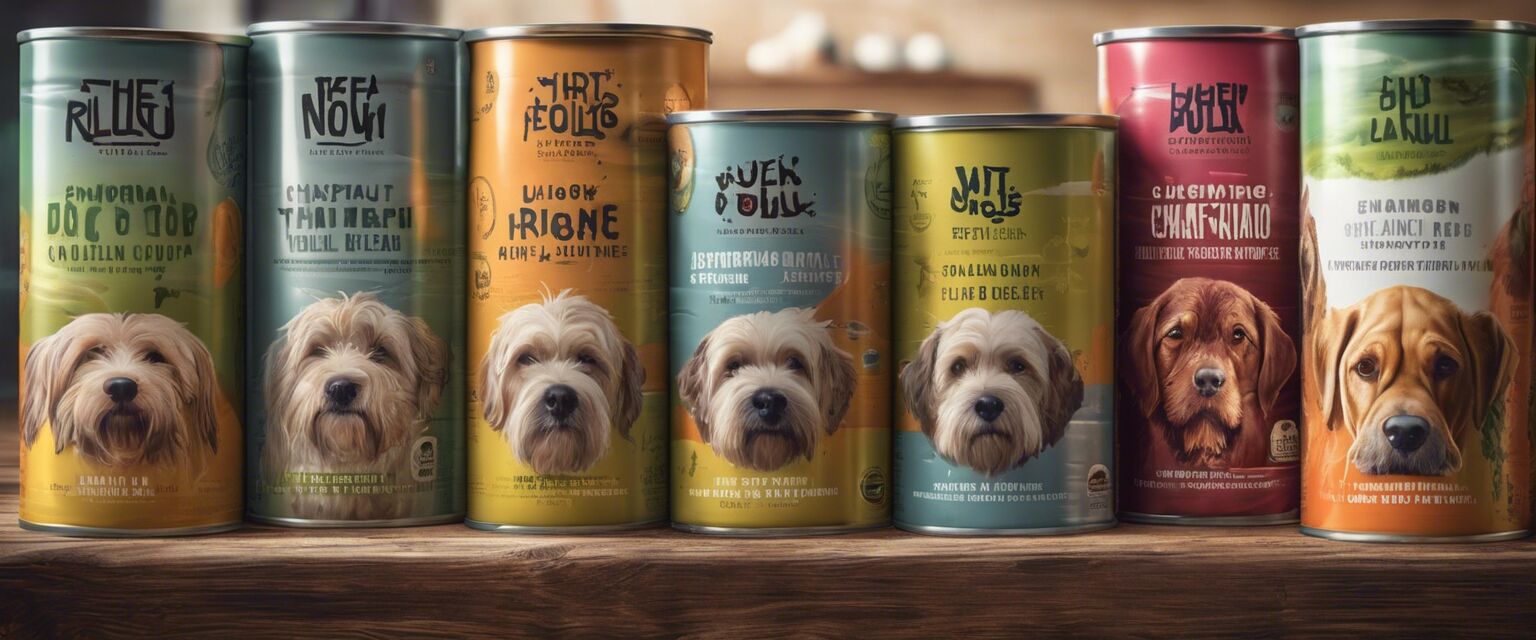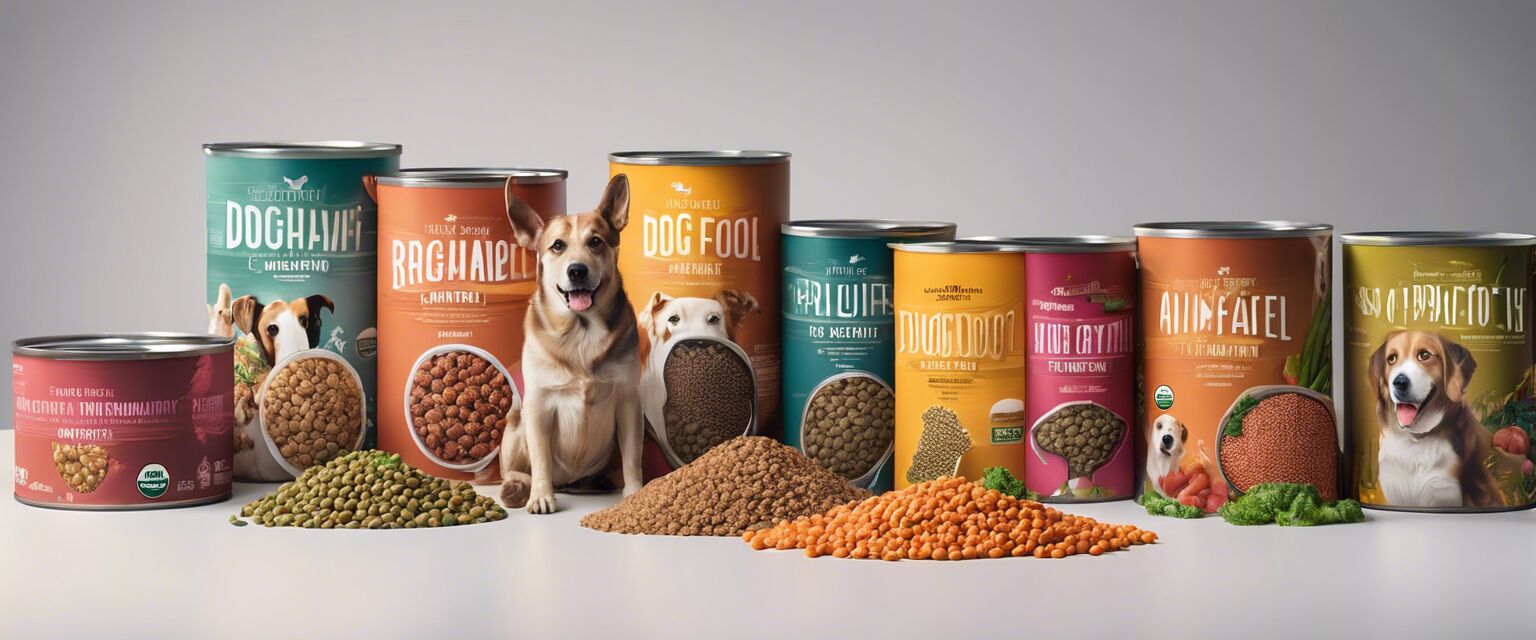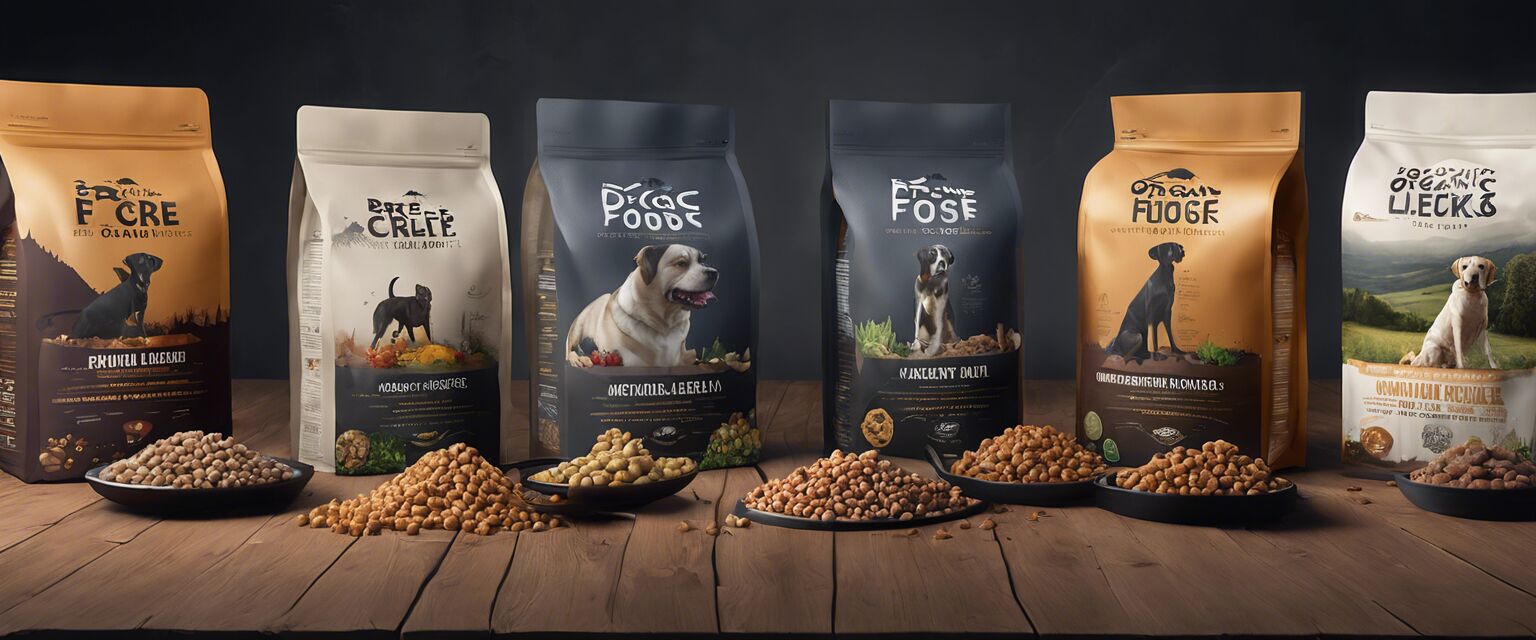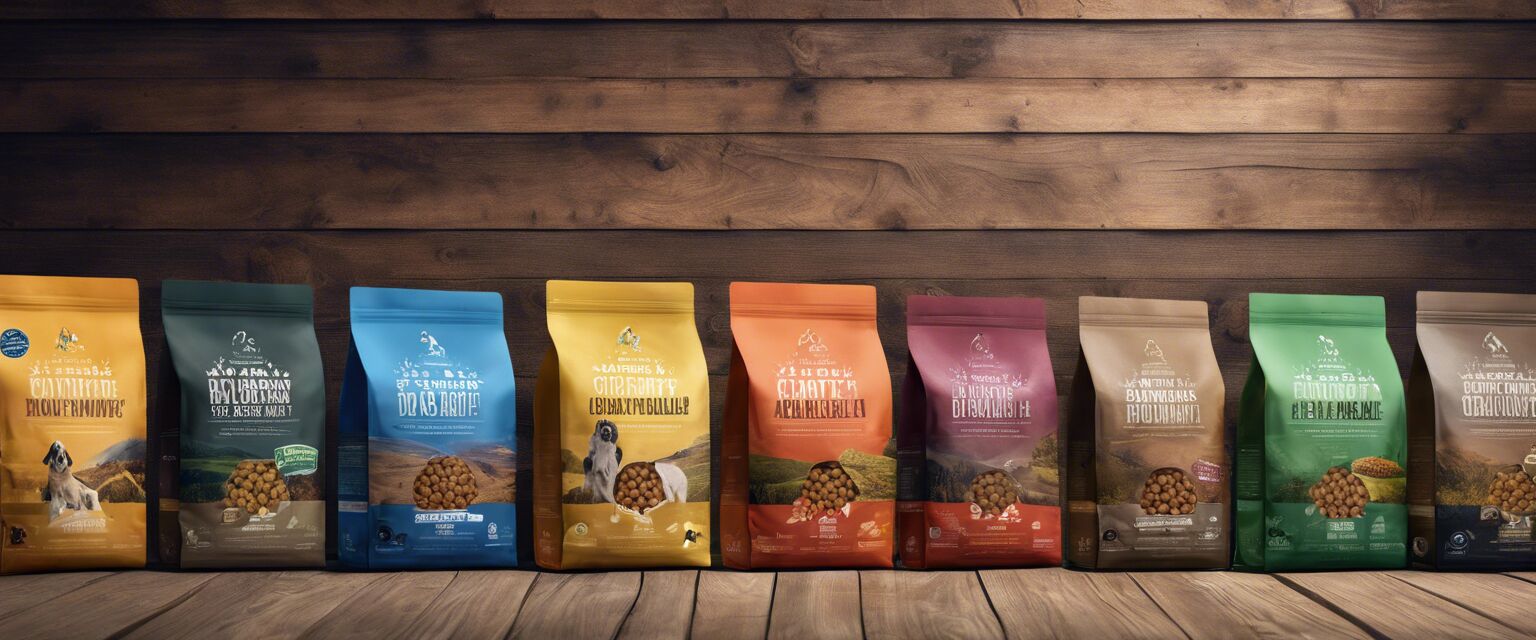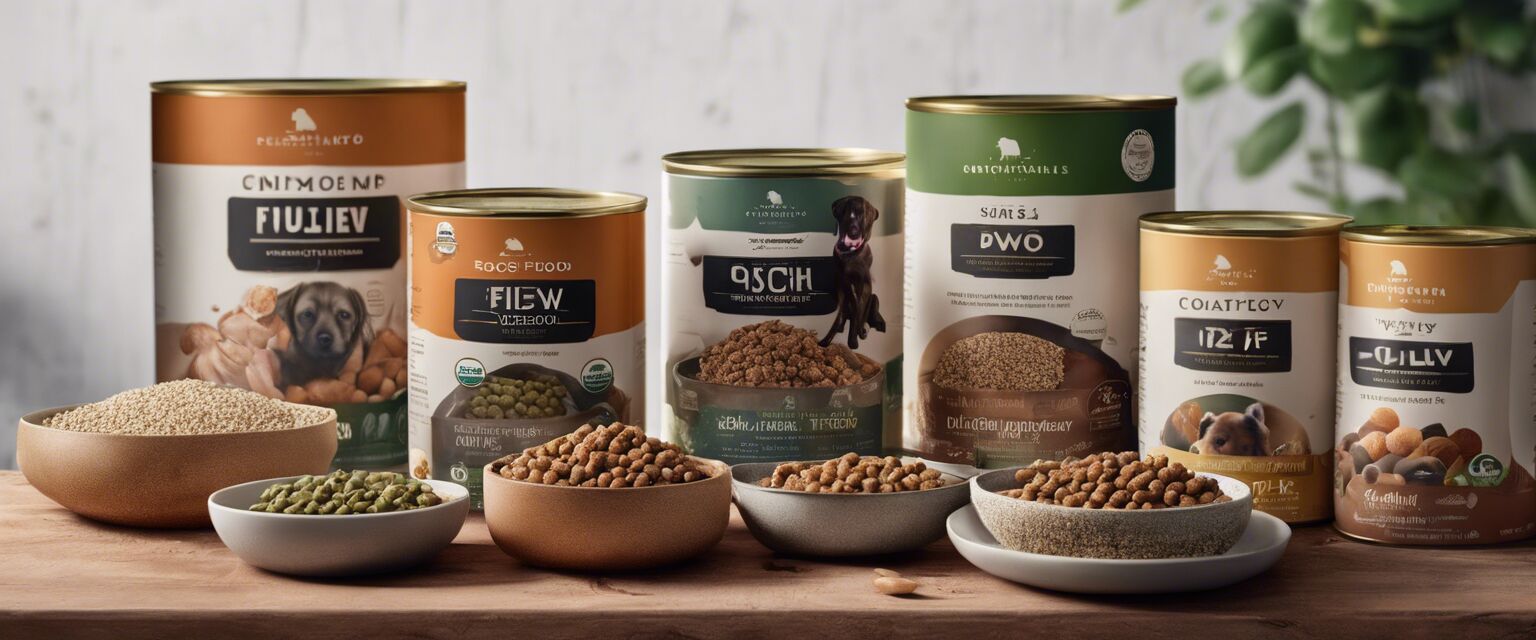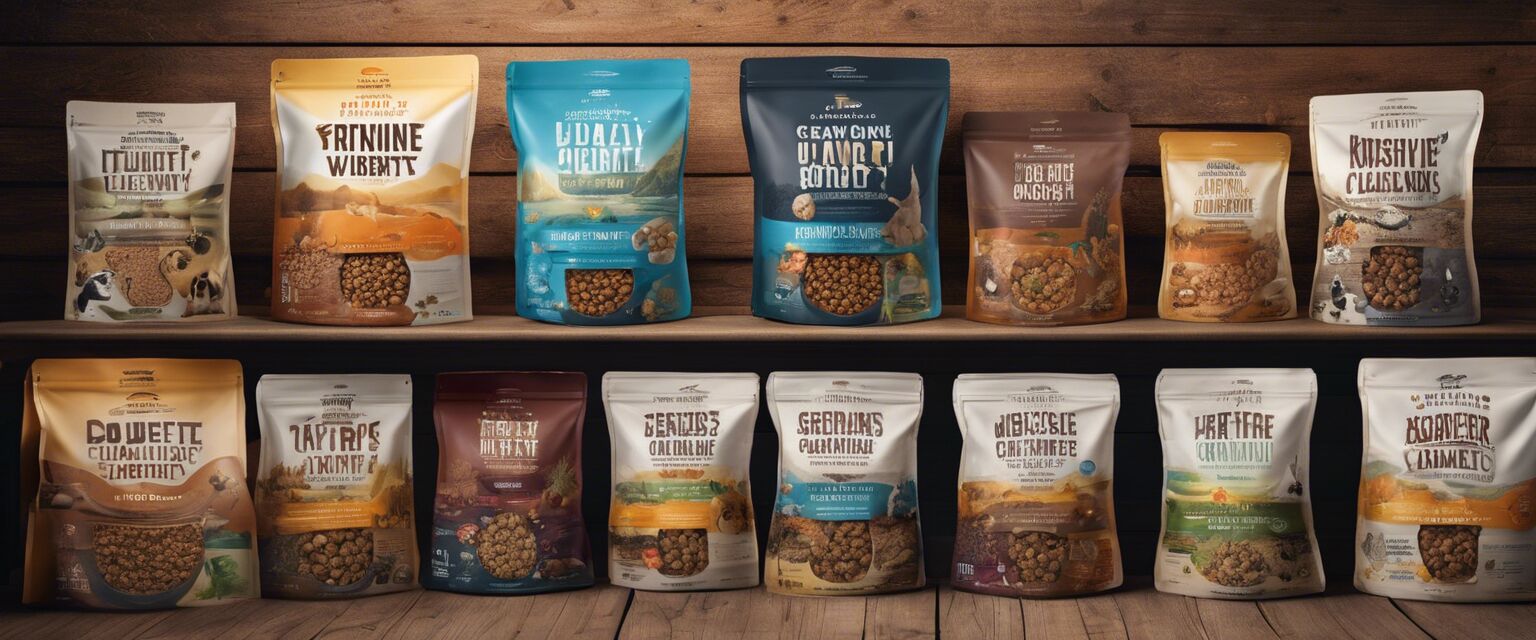
Dry Organic Dog Food
Key Takeaways
- Organic dog food is made from natural ingredients without synthetic additives.
- Choosing the right dry organic dog food can improve your pet's diet and overall health.
- Consider factors such as age, breed, and dietary needs when selecting dry organic dog food.
- Always check for certifications and ingredient sourcing to ensure quality.
Finding the right nutrition for your furry friend is essential, and dry organic dog food offers a great solution. This article provides detailed reviews and recommendations of the best dry organic dog food brands, highlighting their nutritional value and benefits for your pet's health. Let's dive into the world of organic dog food!
Why Choose Organic Dog Food?
Organic dog food is becoming increasingly popular among pet owners who are concerned about their dog's health and well-being. Here are some reasons why you might consider switching to organic:
- No synthetic pesticides or fertilizers
- Higher quality ingredients
- Better for the environment
- Potentially fewer allergens
Top Dry Organic Dog Food Brands
Below is a comparison table of some of the top dry organic dog food brands available on the market:
| Brand | Main Ingredients | Protein Content | Price Range |
|---|---|---|---|
| Brand A | Chicken, brown rice, peas | 26% | $45 - $60 |
| Brand B | Salmon, sweet potatoes, carrots | 25% | $50 - $65 |
| Brand C | Lamb, quinoa, blueberries | 27% | $55 - $70 |
| Brand D | Turkey, brown rice, spinach | 24% | $48 - $63 |
Understanding Dog Food Labels
Reading dog food labels can be confusing. Here are some key terms to look for when choosing dry organic dog food:
- Organic: Ingredients must be grown without synthetic pesticides or fertilizers.
- Natural: Ingredients are from natural sources but may still include additives.
- Grain-free: No wheat, corn, or soy, which may be beneficial for dogs with allergies.
Choosing the Right Dry Organic Dog Food
Selecting the best dry organic dog food for your pet requires considering various factors:
- Age: Puppies require different nutrients than adult or senior dogs.
- Breed: Different breeds have varying nutritional needs.
- Health Conditions: Consult your veterinarian if your dog has specific health issues.
Recommended Feeding Guidelines
When transitioning to dry organic dog food, follow these feeding guidelines:
- Gradually mix the new food with the old food over a week.
- Monitor your dog's weight and health during the transition.
- Adjust portion sizes based on your dog's activity level and weight.

Common Misconceptions About Organic Dog Food
Many myths surround organic dog food. Let's debunk a few:
- Myth: Organic dog food is just a marketing ploy.
- Reality: Organic regulations ensure higher quality ingredients.
- Myth: All organic dog food is expensive.
- Reality: There are affordable options available on the market.
Pros and Cons of Dry Organic Dog Food
Pros
- High-quality ingredients
- Better for overall health
- Reduced risk of allergies
- Environmentally friendly
Cons
- More expensive than conventional dog food
- Limited availability in some areas
- Not all brands are created equal
Where to Buy Dry Organic Dog Food?
You can find dry organic dog food at various retailers. Some popular options include:

Conclusion
Choosing the right dry organic dog food is an important decision that can lead to better health and happiness for your dog. By understanding the benefits, reading labels, and considering your pet's specific needs, you can make an informed choice. Remember to consult your veterinarian for personalized advice.
Tips for Beginners
- Start with small bags to test your dog's preference.
- Keep an eye on your dog's reaction to the new food.
- Be patient during the transition to avoid digestive issues.
